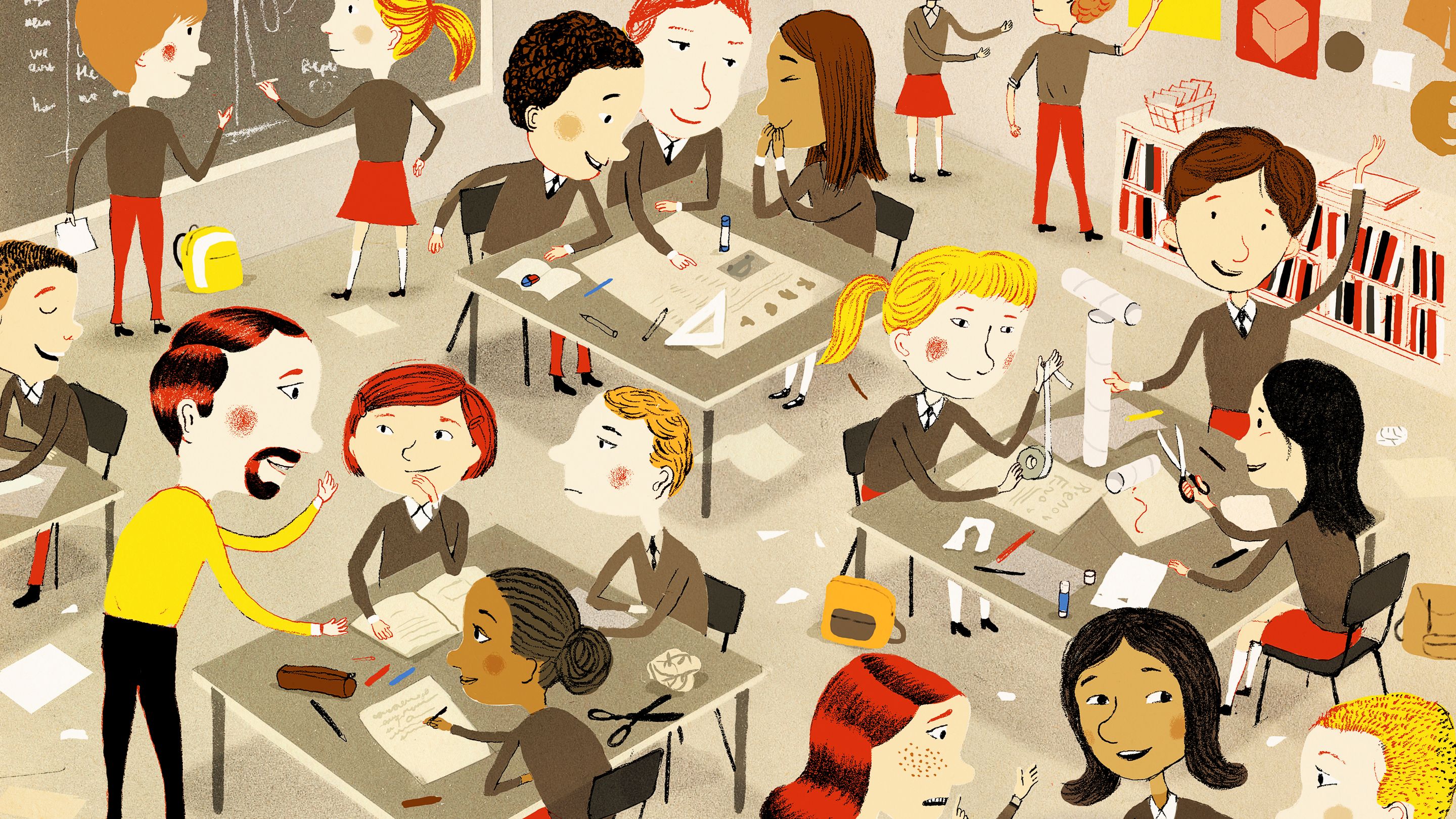Understanding Measurement for Kids using challenging tasks
 |
| DIY Ramp for understanding distance |
 |
| PAW Patrol Toy Cars - Top left is Chase; Top Right is Skye; Bottom Right is Marshall; and Bottom Left is Rubble |
From the Maths K-10 Syllabus of the Australian
Curriculum
Strand: Measurement
Sub-strand: Length
Stage: Early Stage 1
Content: Use direct and indirect
comparisons to decide which is longer, and explain their reasoning using everyday
language (ACMMG006)
- use everyday language to describe distance, eg near, far, nearer, further, closer
The Challenging Task:
Ryder, the leader of PAW Patrol wants to
test the cars of his 3 dogs namely:
- a. the police dog, Chase
- b. the firefighter dog, Marshall, and
- c. the aviator dog, Skye
All of the cars are pushed down the ramp at
the same time.
Ryder needs to know which car is:
- a.
near the ramp,
- b.
far from the ramp,
- c.
nearer from the ramp,
- d.
further from the ramp,
- e.
the nearest from the ramp,
- f.
the farthest from the ramp
Enabling prompt: Look at the three cars. Notice how far they
are from the ramp. Where is the ramp from Chase’s car? Is it near or far? How
about Marshall’s and Skye’s? Is Marshall’s car nearer than Chase’s car from the
ramp? Which car went the farthest?
Extending prompt: If Ryder will remove the
ramp, will the cars’ distance be the same? Make a chart that shows the first
task cars’ distances and your 1st guess, and then the last tasks
result and show your explanation to your group mates.
Reflection
The above task that I created can be a fun
task to do to Kindergarten students. This can be an engaging activity due to
the following reasons:
First, I used the characters from PAW
Patrol which is popular to Kindergarten students. I just chose three dogs from
the famous children TV show, which are mostly seen, and one of the dogs is a
female dog for some children who have gender preference.
Second, this can be performed in the class as
long as there are materials and if possible, using the PAW Patrol character
cars.
Lastly, teachers can use play-based approach
side-by-side with the intentional teaching (DEEWR, 2009) which is introducing
distance vocabulary words.
The given statement is my example that
imply an open-ended task.
The enabling prompts which is to reduce its
complexity is by giving questions to draw the students’ attention to important
aspects (Ferguson, 2018). I used questions that will lead students to compare
three objects for them to use comparative languages – near, far, nearer and
further, as well as superlative adjectives - the nearest and the farthest. The names of the PAW Patrol dogs could
possibly help them identify which are these objects that they are comparing
with.
The extending prompt is to make students
think more without doing additional work (Ferguson, 2018). The prompt given is just
by removing the ramp and observe if the distance from each other are still the
same from the first task's result. By making a chart of the results and their
guesses, it will require them to reason out to their peers their thinking while
using the intended mathematical language for this task.
References
DEEWR (2009). Being, Belonging and
Becoming: The Early Years Learning Framework for Australia. Barwon, ACT
Commonwealth of Australia.
Ferguson, S. (2018). Developing prompts
with challenging tasks [online]. Prime Number, 33(4), 21.
Retrieved on 15/05/2020 from https://search-informit-com-au.ezproxy1.acu.edu.au/documentSummary;dn=905946453114743;res=IELHSS
New South Wales. Board of Studies
(2012). Mathematics K-10 syllabus: NSW syllabus for the Australian
curriculum. Board of Studies NSW, Sydney




